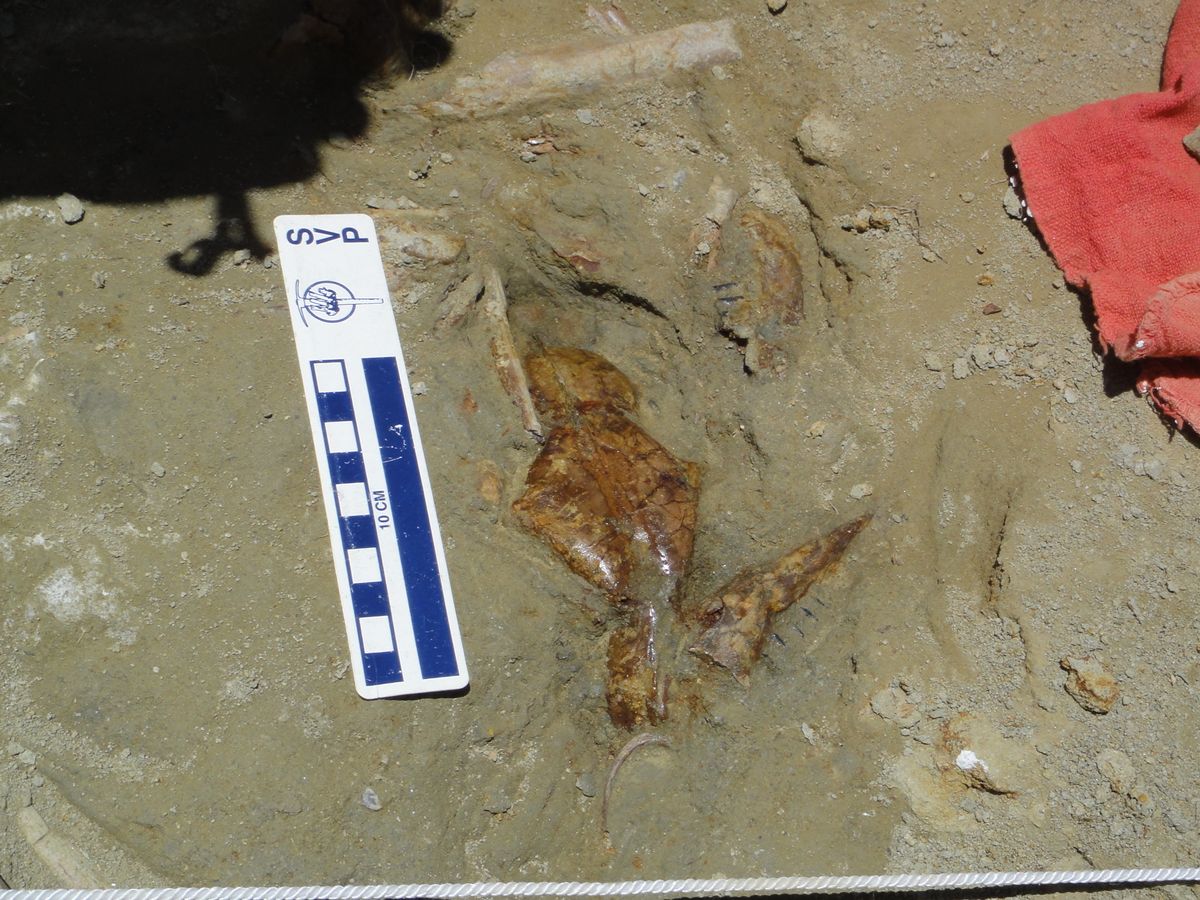
Oldest big cat
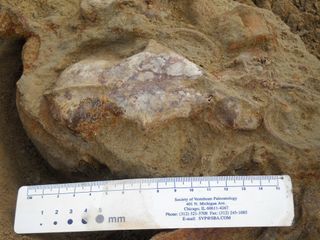
In a 2013 paper, researchers reported on the discovery the oldest known big cat.
Kiang Valley
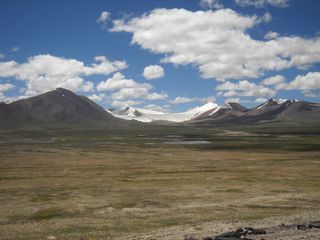
The cat was found in the Kiang Valley in Tibet.
Valley view
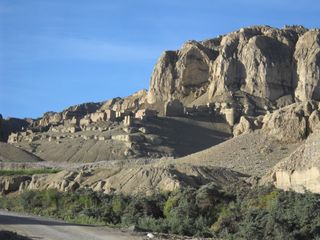
Layers of rock have revealed a trove of fossils.
The skull emerges
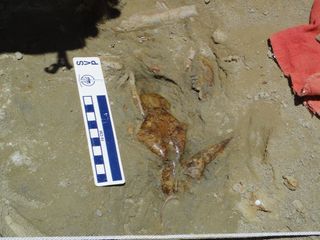
In 2010, the team, led by Z. Jack Tseng, uncovered the skull of a an ancient pantherine.
Very old
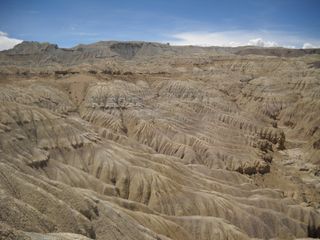
By analyzing the orientation of magnetic minerals in the nearby rock, the team was able to determine that the cat lived between 5.9 and 4.1 million years ago.
More fossils
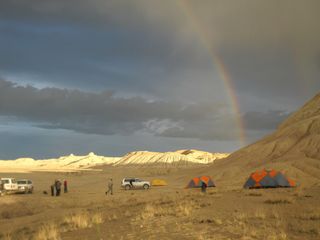
Follow-up trips revealed several more fossils fro the ancient cat.
Excavation site
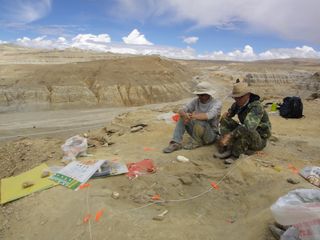
Here, the researchers excavate at the site.
Sign up for the Live Science daily newsletter now
Get the world’s most fascinating discoveries delivered straight to your inbox.
Ancient cat
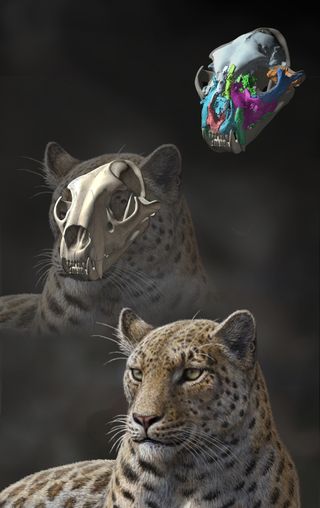
Despite living at least 4 million years ago, the ancient cat didn't look too different from living big cats such as snow leopards.
Rich site
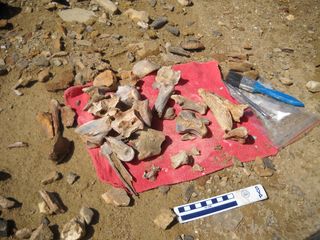
The hole where the cat skull was found also contained about 120 other fossils comprising 16 mammal species and one bird.
Rich trove
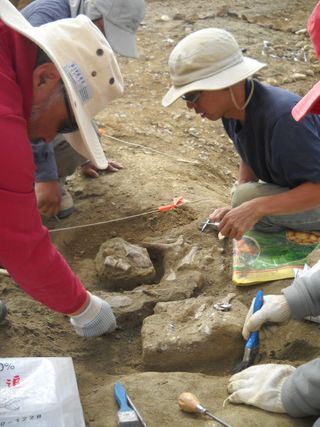
Here the team unearths the fossils.
Cat family
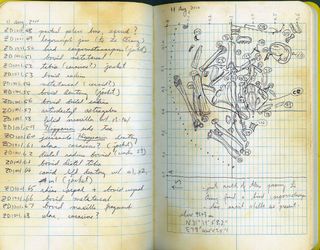
By analyzing the bones and comparing it to living and extinct cats, as well as by using genetic data, the team estimates that all cats diverged about 16 million years ago.

Tia is the managing editor and was previously a senior writer for Live Science. Her work has appeared in Scientific American, Wired.com and other outlets. She holds a master's degree in bioengineering from the University of Washington, a graduate certificate in science writing from UC Santa Cruz and a bachelor's degree in mechanical engineering from the University of Texas at Austin. Tia was part of a team at the Milwaukee Journal Sentinel that published the Empty Cradles series on preterm births, which won multiple awards, including the 2012 Casey Medal for Meritorious Journalism.












